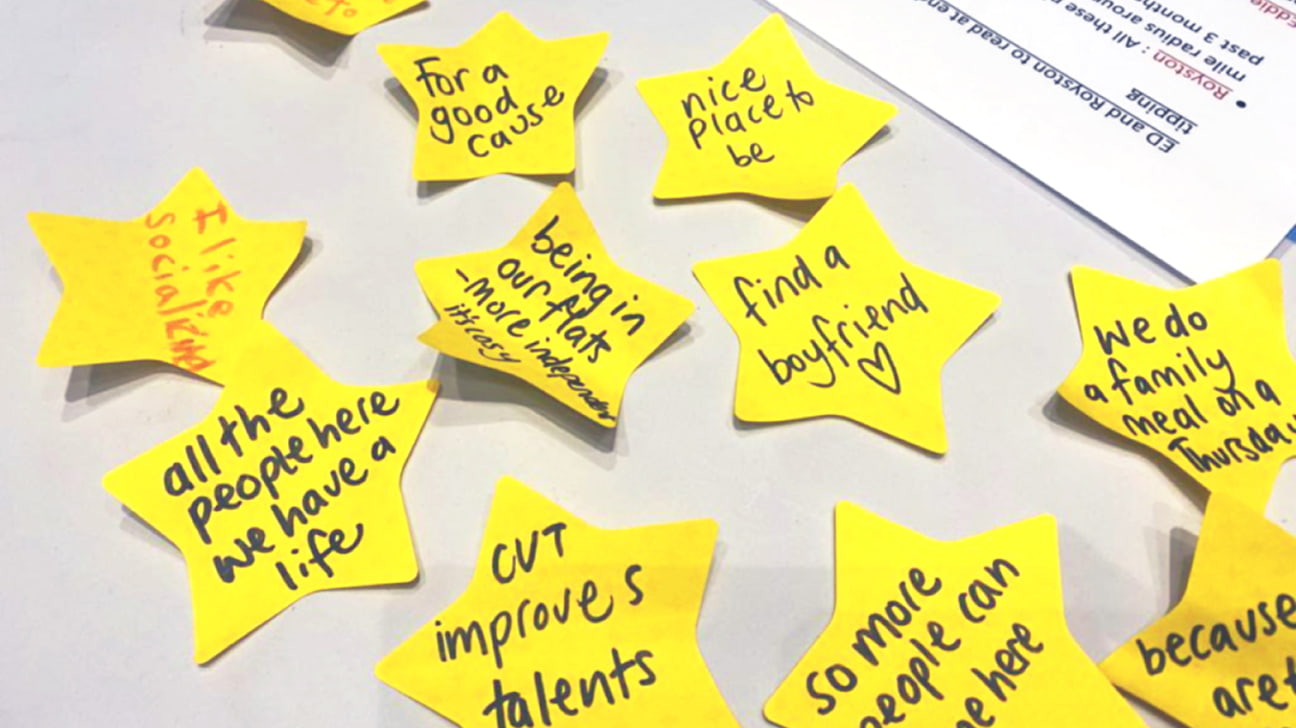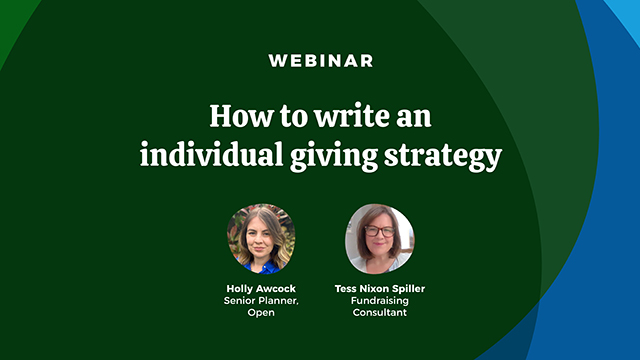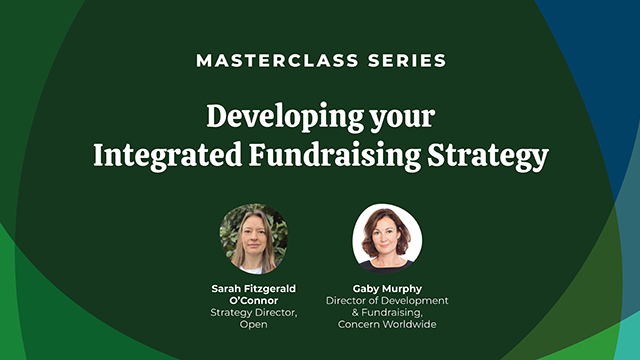Creating a strategy as unique as the organisation

Camphill Village Trust wanted to take stock of their Individual Giving programme and set in place a strategy that would focus on building solid foundations for growth in future years. Here’s how we did it...
We set out by immersing ourselves into Camphill Village Trust – it’s a unique organisation with a fascinating history and mission. This began by visiting the Delrow Community – just 15 miles out of Central London, set in beautiful gardens and woodland; and home to 50 adults with learning disabilities, mental health problems and autism.

By visiting Delrow, we quickly saw first hand what made Camphill Village Trust so special. Whilst there, we spoke to residents and multiple members of staff and even attended their quarterly forum (when residents of Delrow Community and St Albans Community meet and celebrate and share their achievements in the last quarter). By taking part in the forum, we were able to directly ask residents why they thought people should donate to Camphill Village Trust – our highlights include ‘so we can get a disco ball and karaoke machine!’
Back in the office…
We set to work uncovering insights from their programme in order to develop our strategic recommendations that would go on to form the end strategy. Audience data, past appeal results, donor interviews and desk research into competitors and the landscape were tackled, and themes began to emerge.
What stood out the most was the need to create a strategy that celebrated what a unique organisation Camphill Village Trust is.
And that’s what we ended up with – a strategy that not only made recommendations for their programme to make incremental growth from existing donors; but also pillars dedicated to growth by better co-creating their fundraising, and involving the people they serve in innovative ways in order to bring new donors into their unique surroundings without actually hosting them! Here’s how…
The Ds of strategy development
1: Data
We began by really getting under the skin of Camphill Village Trust’s past individual giving performance.
The team had already raised such a fantastic amount of money from a very generous group of supporters and a relatively simple programme, driven mainly by a quarterly direct mail appeal.
By looking at total income, average gift, and response rates, it allowed us to unpick trends in their performance and potential improvements too. We found that Camphill Village Trust relied heavily on a set of donors that were recruited over a decade ago, and that there was a vital need to start future-proofing the organisation by making some incremental improvements to their existing donor performance.
Data is crucial for helping you understand more about your organisation, and in Camphill Village Trust’s case, it was helpful in highlighting the strengths and weaknesses in their individual giving programme, where the opportunities are, and what a potential future audience might look like.
2: Discover
As well as sector trends and reports, we undertook a deep dive into the charity’s chosen competitors, focusing on the two key areas of their work; adults with learning disabilities and environmental charities.
By combining this insight with a wider sector landscape we were able to develop a plan as to what would happen within the briefed two year strategic period.
So now it was time to consult the experts…
It was important to us that the new strategy respected the charity’s historic approach to fundraising which included telling stories in a unique way that strengthened donor relationships and ongoing donor consent. So who better to talk to than people across the organisation who can share their own views about their ambitions – and the opportunities or challenges they face?
As well as speaking to the team we visited sites to speak to donors and site visitors too, asking them the important questions like ‘why should people donate to Camphill Village Trust?’ and getting their input on ideas for the strategy.
It was important to us that as many people across all levels were communicated and consulted with since they would ultimately be delivering the strategy.
“What stood out the most was the need to create a strategy that celebrated what a unique organisation Camphill Village Trust is. ”
3: Decisions
By reviewing all of your insights and filtering out the important elements you should have some strategic decisions; for Camphill Village Trust that was ‘getting the basics in place, working the existing file hard, and making steps towards future growth’
And by breaking down those strategic objectives into small achievable tasks, it made the strategy easier to work towards than feeling like a hefty goal or a series of lists to follow.
Using a matrix can help you get to decisions of what you’re going to do first and take into account timescales, resources, and priorities.
Here’s the one we used.

4: Deliver
The final step was getting all of our work down onto paper in a way that would be useful and continuously used within the organisation.
The final result was a document that included lots of different sections that were useable by lots of different audiences; an executive summary for trustees or new members of the team, a section covering all of the discovery work to remind of the ‘why’ behind the decisions, the goals they’re working towards, and a roadmap outlining the who, what, and when.
It’s just the start of Camphill Village Trust’s strategic period, and they’re already well underway in implementing some of the strategic recommendations. We can’t wait to see how it goes!
To hear more about our approach to developing an individual giving strategy, check out our free webinar here.

